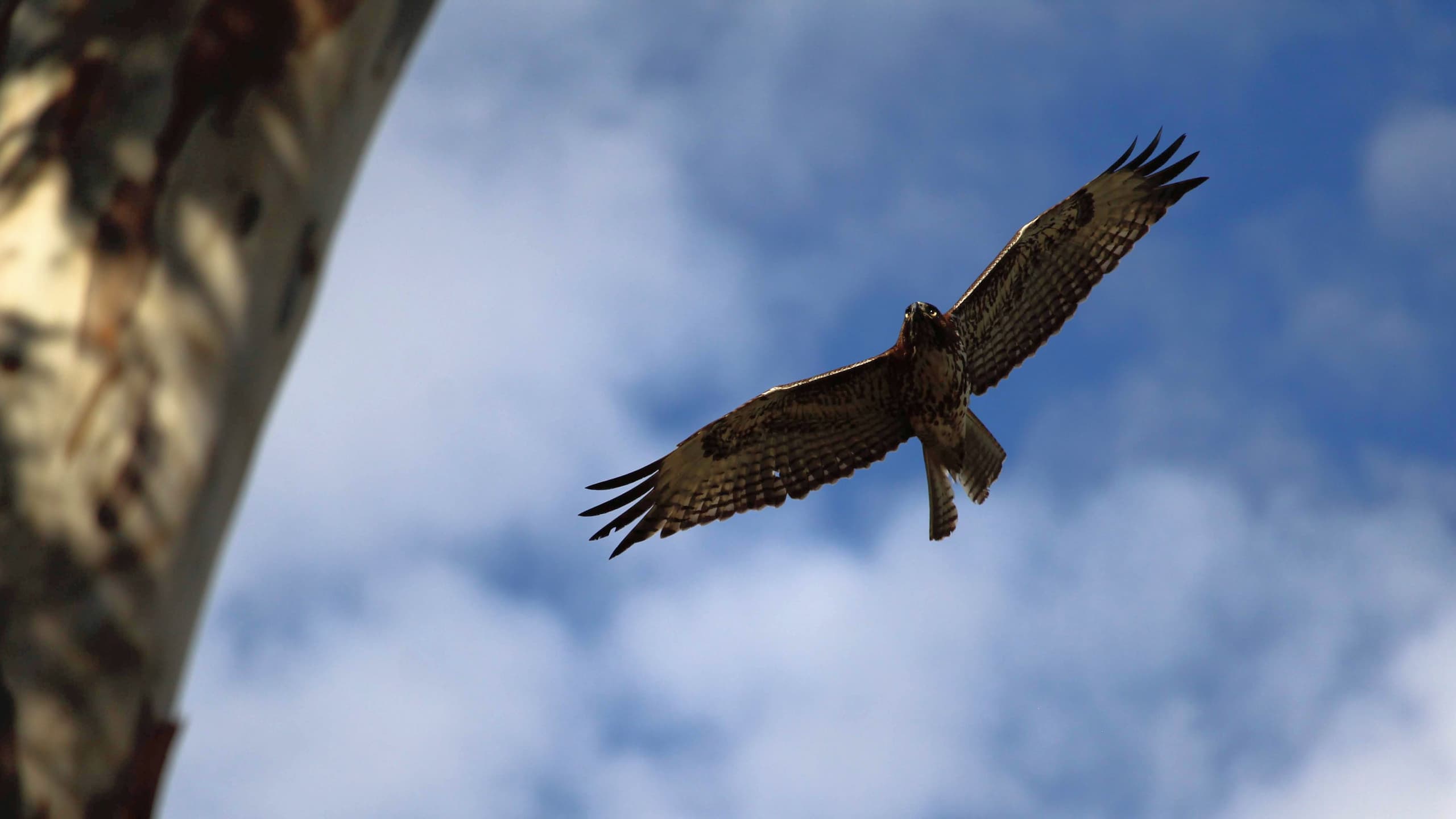
Birding in 2020
2020 Trends
After a year of international travel that triggered my re-entry into bird watching, 2020 was a much more restrained year. While life events and global lockdowns kept me in the US, I enjoyed refining my birding skills and focusing on more birding from home. As the stress of being stuck home wore on us, we decided to take several cross country trips. Looking back I’m surprised by how many places we managed to visit in the second half of the year and how much of a sanctuary the outdoors were. With 2021 being much more focused on our home, I’ve enjoyed reviewing the places we went.
Thanks to my new 250mm zoom lens, I was able work on my nature photography skills. I could capture much more detail than before, but you need more of a steady hand to avoid everything getting blurred. Photographing birds can also be frustrating because it’s hard to tell if the camera focused on the bird or the branch right in front of the bird. When I take the camera while birding, it’s easy to rapidly snap pictures in hopes one of them captures the scene well or gets enough detail. But I quickly realized reviewing and editing photos is a lot of work so I try to be more conservative with the picture’s I attempt to take. Still, there have been many times when a good picture was crucial for me identifying a bird after the fact.
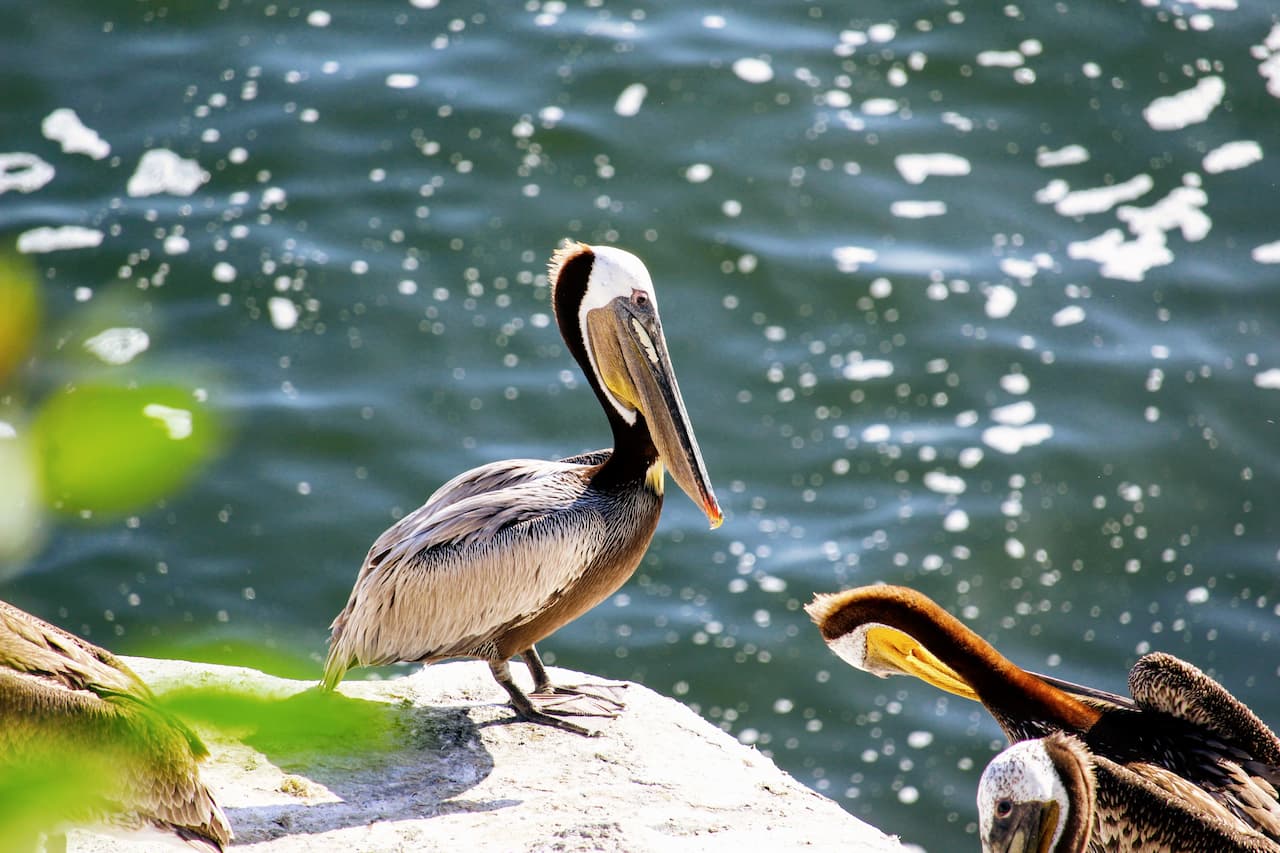
The other skill I worked to strengthen was birding by ear. The standard for Cornell’s ebird app is species identification, not necessarily bird sighting. There many birds which are pretty good at staying out of sight but who make a lot of noise. Some species, like different kinds of crows, look so similar that they are practically impossible to accurately ID in the field without hearing their call. I still have a long way to go with this skill, but I’m getting more aware of it while out in the field. Audio recordings are a bit harder to scan through and learn but I’ll often check the audio when two species look similar.
While I experienced hundreds of new species as my wife and I traveled internationally, there were still a lot of “common” birds in the United States I had missed like Pine Siskin, Cedar Waxwing, or Belted Kingfisher. I also was able to expand my birding into some less common species groups, like Pelagic birds which spend most of their life on the open ocean.
Connecticut
At the beginning of the year we were celebrating the holidays with family. I had gotten my new zoom lens the week before so I kicked off the year by getting great shots of neighborhood birds like the Norther Flicker through the bare winter trees. On the shores of Long Island Sound I identified and photographed several coastal birds for the first time like the Great Black-backed Gull, the streamlined Red-breasted Merganser, and clownish Surf Scoter.
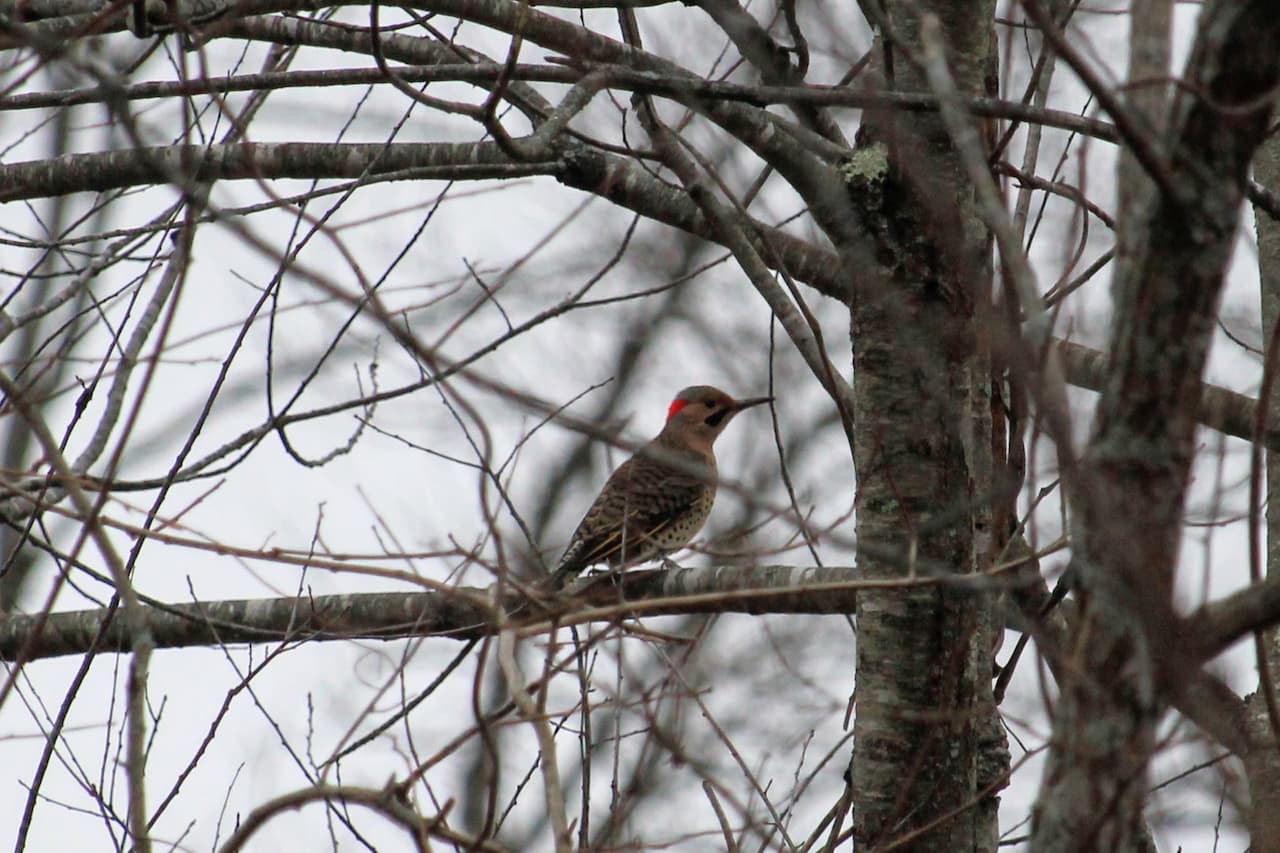
Late in the summer we visited for my brother’s downsized wedding. While there we, we had some time to go kayaking in a state park on the Connecticut river. All along the river the Gray Catbirds were calling and the American Goldfinches darted along the shoreline. As we got to the end we passed by a Belted Kingfisher which I had been wanting see for a while. It was larger than I anticipated, though I didn’t see it do it’s signature dive it was cool to watch it swoop between perches. But the real surprise of the day was the small Merlin falcon darting around the trees.
Connecticut Stats
- New Species: 12
- Total Species: 52
- Checklists: 20
Washington
We made a trip to Washington in the fall to get away from the craziness of the year. It is a beautiful state with lots of landscapes that gave me a lot of opportunities to see new species. Having never been in the Pacific Northwest before, even common birds like Chestnut-backed Chickadees, Pacific Wren, Varied Thrush, and the Oregon subspecies of Dark-eyed Junco were new to me. Bekah’s uncle took us on a fantastic trip out to the San Juan Islands on his boat within sight of the Canadian border. Out on the boat we could see pelagic species like Marbled Murrelet and Pigeon Guillemot floating on the open ocean.
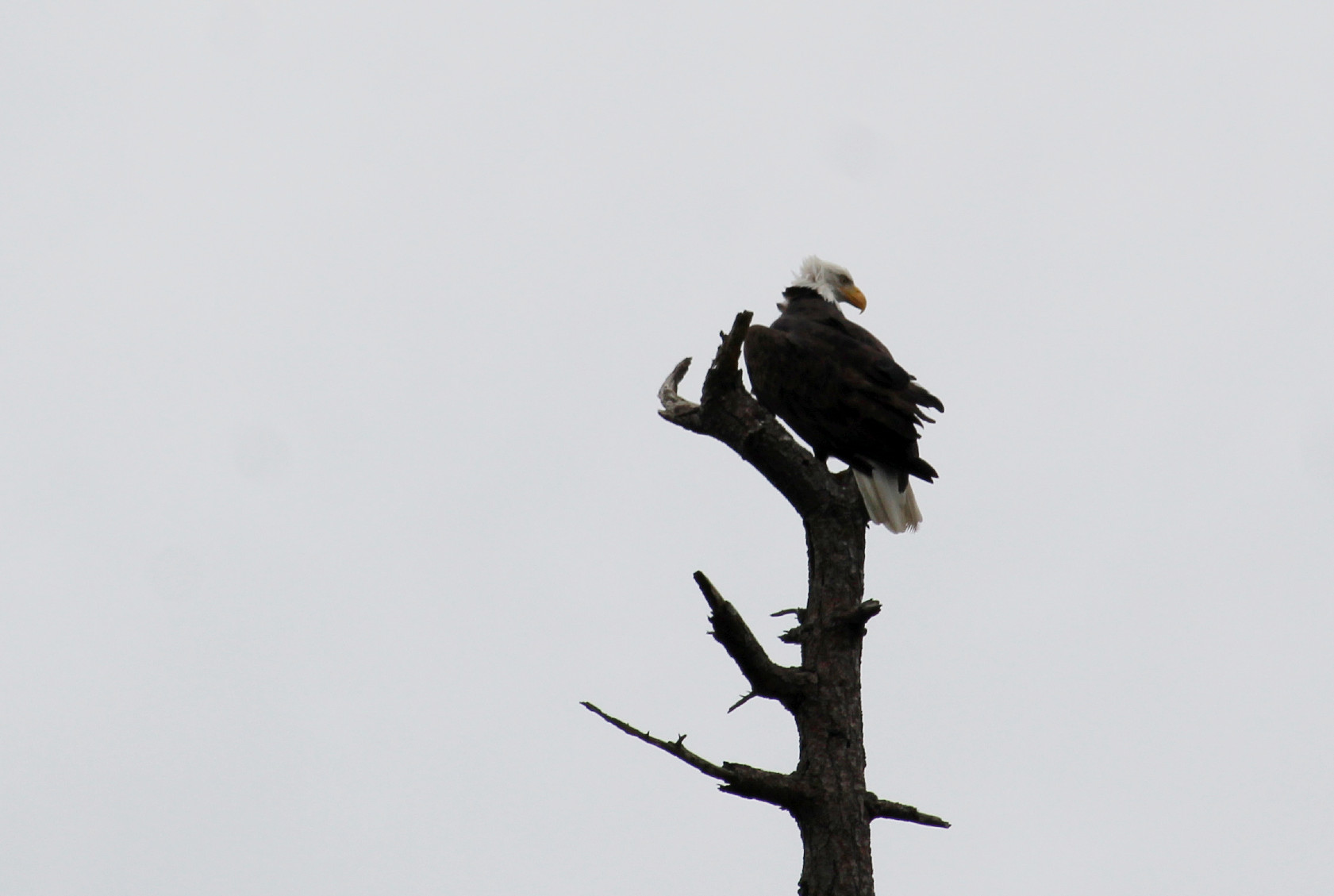
From the coast, we headed over the mountains to stay in a cabin resort. Eastern Washington is clearly drier and more like our experiences in Colorado. The break there was nice and we were loving being outside. The resort was surrounded with wildlife. On our arrival, we were greeted by a Blue Jay who was impatient for us to pass so he could continue raiding the kernels from the decorative corn. Walking to our car we saw the striking White-headed Woodpecker. And as we sat reading by the mountain stream, a fat coyote darted across 15 feet away from us. The hike we went on had beautiful views of the valley and was an Audubon recognized birding location. A Golden-crowned Kinglet boldly darted between the pine trees, sometimes at eye level within 20 feet. And as we were heading home we stopped to look at a family of Canada Jay
After staying at the resort, we went up to Bekah’s uncle’s cabin in Skagit county. He has a background in forest management and has been milling wood from trees on his property to build a beautiful barn. It’s a really cool project and I’m glad we were able to experience it. Up the hill from the barn is an old restored cabin that we stayed the night in. I had been hoping to see the barred owls that live around the property, but was surprised to hear a Northern Saw-Whet Owl instead.
We also drove down to the coast in hopes of seeing some Short-eared Owls (which I still haven’t seen). Parts of the area are below sea-level farms protected by levees. Hovering over the marshes were Northern Harrier hawks who glide on the wing looking down for small pray. We also saw Bald Eagles, an American Bittern, Caspian Terns, and the migratory Snow Geese that I had seen the previous December birding in the Southern Californa desert.
Washington Stats
- New Species: 17
- Total Species: 54
- Checklists: 30
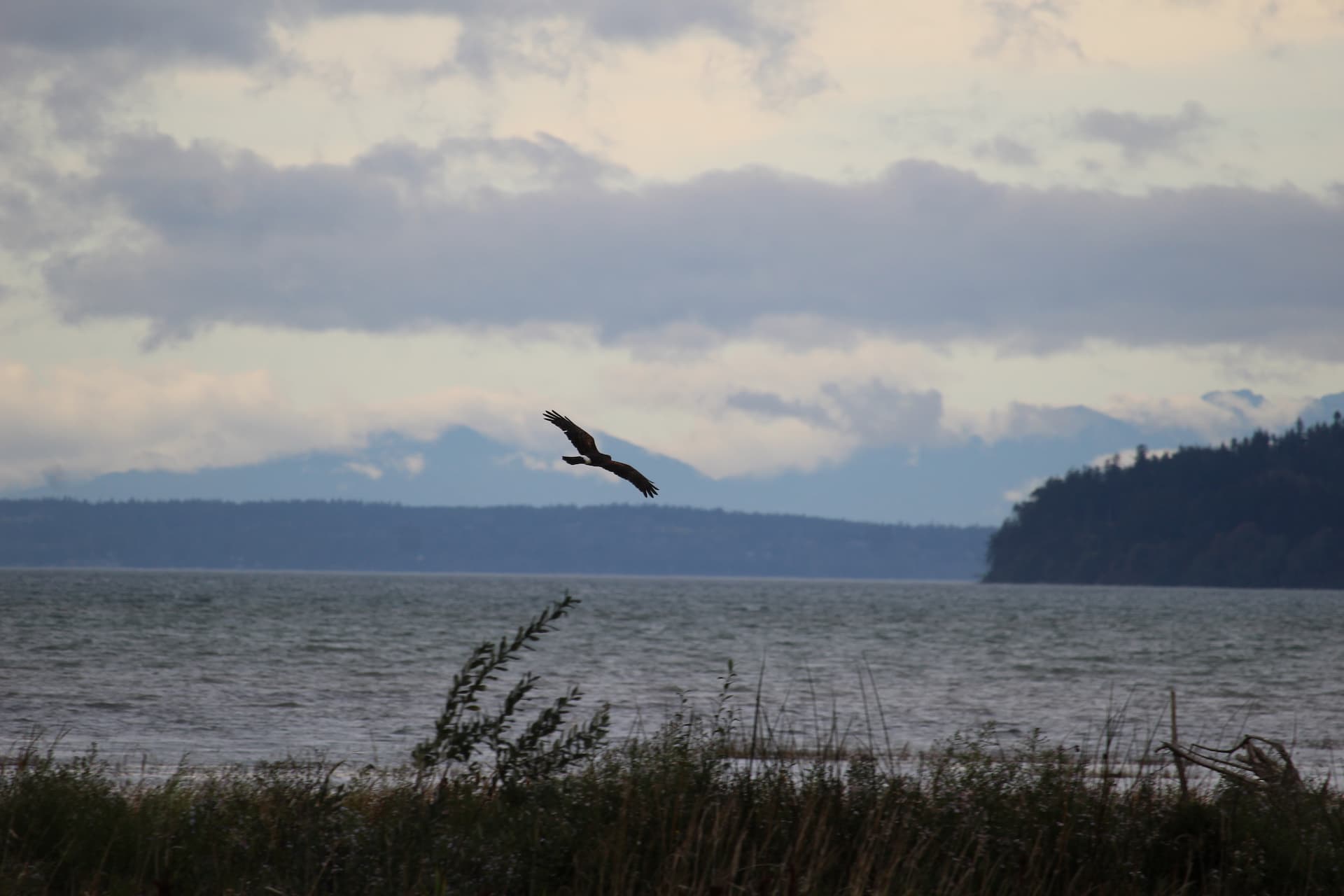
Florida
We also made a short trip to the opposite side of the country, to Orlando Florida. Though I didn’t get out much to go birding, I was very happy to add a Palm Warbler and Wood Stork to my life list. Some other Florida standouts were the Anhinga, the Little Blue Heron, and the sheer number of White Ibis. It felt like you couldn’t go anywhere without seeing those bright white birds with the incredibly long bills awkwardly picking up crumbs off the sidewalk.
Florida Stats
- New Species: 4
- Total Species: 25
- Checklists: 12
Massachusets
Our stay in Massachusets was a weekend on the cape which worked well as a isolated vacation but was also offered a chance to see some East coast water birds. While trying to ID birds darting through the treetops can be difficult, watching birds on the ocean is in someways more frustrating. Usually, sea birds are not too hard to spot and often in large numbers, but they are farther away so I end up staring trying to figure out, which of the 5-20 local ducks/gulls/ect. species is dipping up and down in the waves. Thankfully went out to walk on the cold, windy beaches of Cape Cod several times that weekend and eventually was able to find some close enough birds to ID.
Around our cottage rental, there were the usual winter forest birds like White and Red-breasted Nuthatch, Tufted Titmice, and Dark-eyed Juncos. From shore I was able to ID Long-tailed Duck, Common Eider, and Northern Gannet.
Massachusets Stats
- New Species: 5
- Total Species: 19
- Checklists: 6
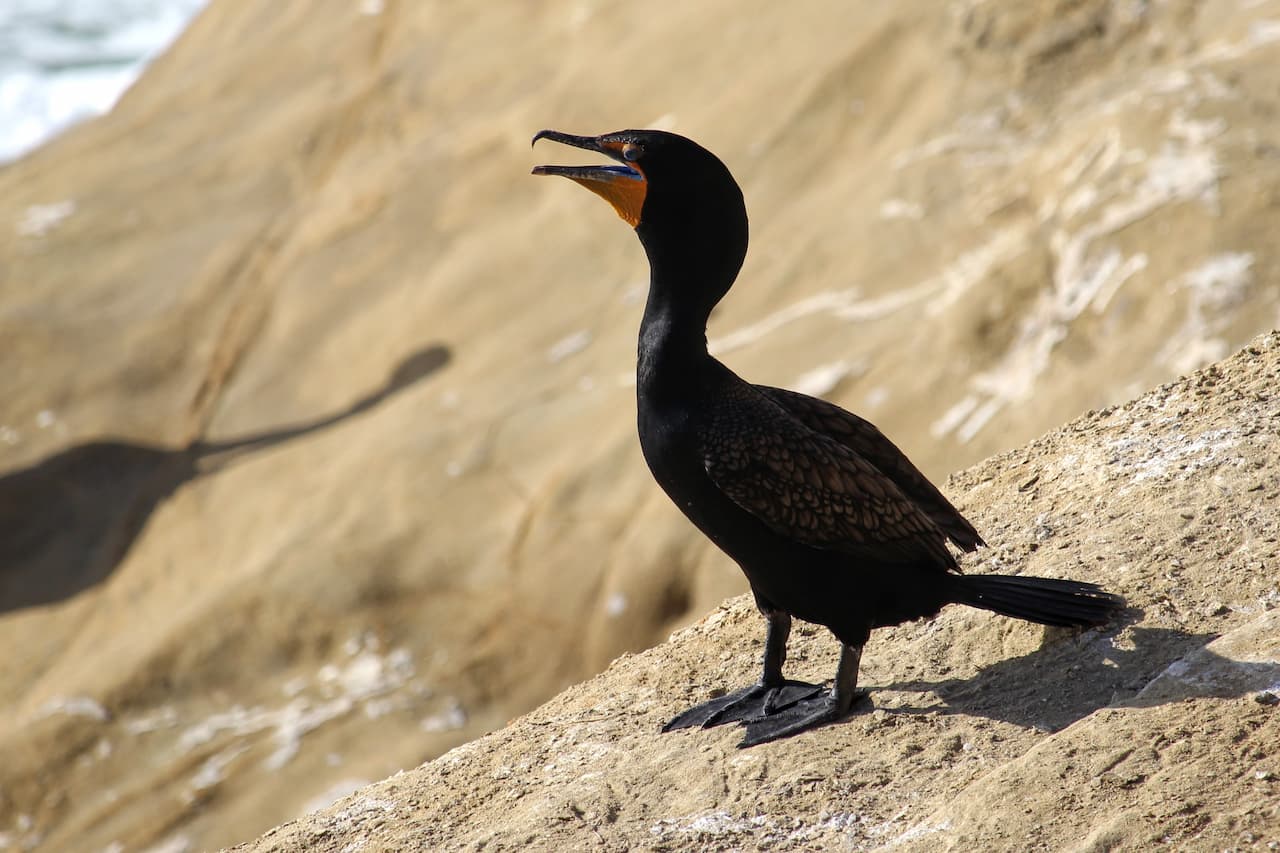
California
At the beginning of the year, I was enjoying the breadth of species Southern California has to offer. Bekah and I took some great shots of birds on the LA coast of shorebirds like Spotted Sandpiper and Black Turnstone as well as more common varieties like California Towhee and Say’s Phoebe. Other fun sightings were, a large flock of Brand offshore of Sunset Cliffs in San Diego, a Whimbrel at the Newport Aquatic Center, and an Osprey very upset by a Bald Eagle while camping at Lake Skinner.
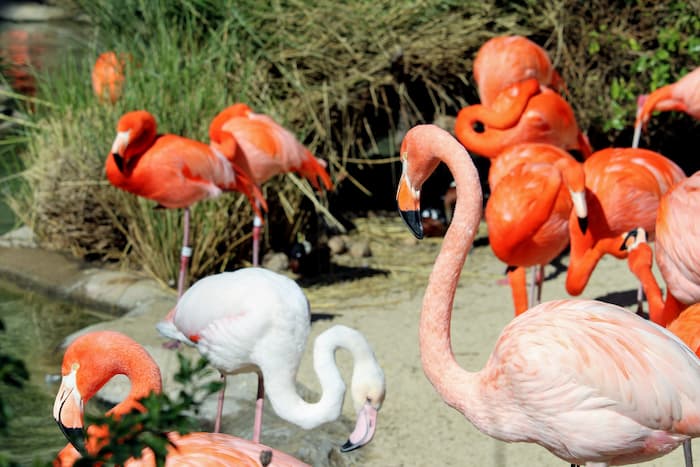
I also got to see some captive birds up close. We met some friends at the San Diego Zoo which hosts a wide array of bird species, from American Flamingo, to African Penguins, to critically endangered species like the Harpy Eagle and California Condor which they breed for their release program. Closer to home, Bekah and I went with her nephews to the Coachella Valley Wild Bird Center where Bekah’s grandmother used to volunteer. They have many birds of prey like American Kestrel, Great Horned Owl, and Red-shouldered Hawk that are either being rehabilitated or are used to raise abandoned chicks. Next door the boys were impressed by the hundreds of Northern Shoveler and Ruddy Duck in the ponds next door.
During the early pandemic lockdowns, walks and birding around the block of our neighborhood in the desert became a retreat from societal stress. I saw 3 new species in our neighborhood the week after California enacted it’s stay at home order: the yellow Western Kingbird flycatcher, the bold, orange Hooded Oriole, and the iconic Cedar Waxwing. After a month, I had seen 26 species in our neighborhood alone. With a fraction of the cars on the street, birding felt easier and I could hear more birds singing around me. One weekend I headed out to the Sonny Bono Salton Sea Refuge where I saw only 1 person and 37 species including the Prarie Falcon I had been looking for. May’s global big day rolled around and since the Wild Bird Center was closed, I peered at the ducks and greebes through the main gate and watched Cliff Swallows fly under a local bridge.
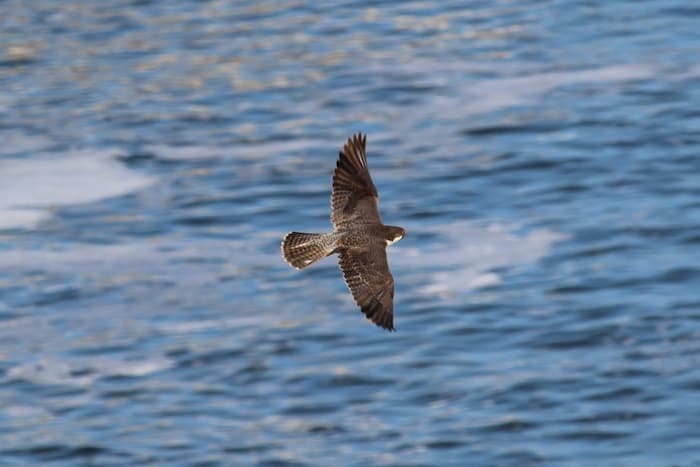
As the year rolled on, we looked to San Diego where we’d end up moving. We saw Brandt’s Cormorants nesting on the cliffs of La Jolla amongst giant Brown Pelicans and Song Sparrow. I also saw not only my first wild Peregrine Falcon, but a nesting pair with 3 fledglings. My middle school biology report could tell you that these birds have been recorded flying well above 200 MPH (325 KMH).
We went to state and local parks as much as we could during the year. Hiking in the desert, I learned the sound of Black-throated Sparrows singing from dry shrubs. In a park in Riverside I finally found the black, crested Phainopepla, who’s name I still don’t know how to pronounce. Camping in the mountains I saw beautiful blue Lazuli Bunting, the gray, but not drab Lawrence’s Goldfinch, and a Red-breasted Sapsucker climbing tree trunks along the creek bed. Our neighborhood park had lots of diversity too, making walks with the dog fun. A surprise find was the Scaly-breasted Munia, which partly looks strange because it is introduced from south-east asia. More common were the Osprey which nested on a platform over the trail, the Yellow-rumped Warblers who searched the trees for insects, the Great-tailed Grackle who would make all kinds of noise from the reeds, and of course the coots and ducks who swam in the lake to tease our dog who wasn’t allowed in the reservoir.
California Stats
- New Species: 33
- Total Species: 136
- Checklists: 106
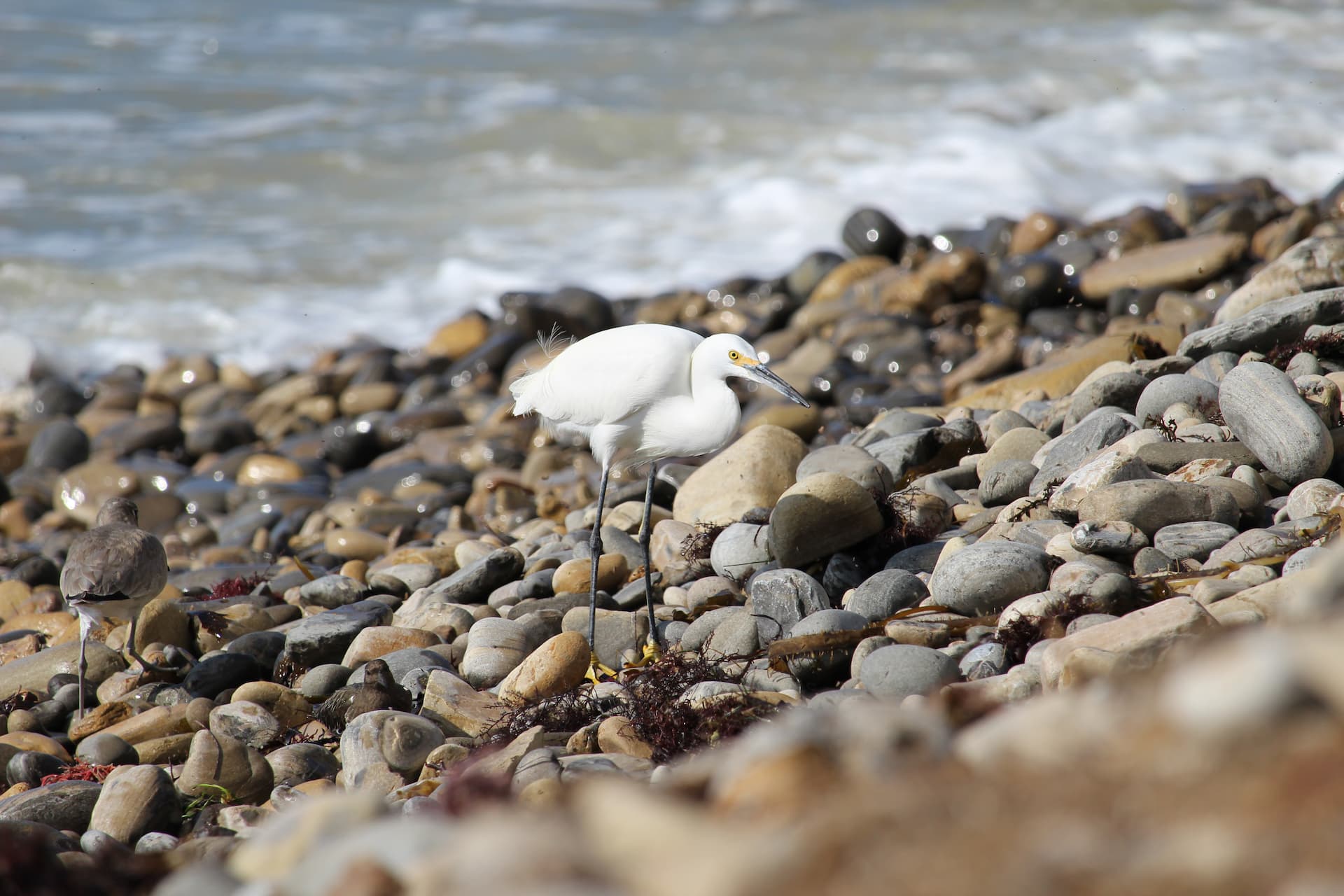
Summary
2020 was not the year anyone was anticipating. But I’m grateful I could keep birding, even when the rest of our lives were shut down. When society, work, or the insides of our home seemed like too much, getting outside was a relief. Living in southern california was a huge advantage given that the weather when lockdowns started in March was milda, but our out-of-state trips largely centered around being outdoors too.
Compared to the previous year where almost everything was new to me, in 2020 I got to know our local species better. I learned where to find Costa’s Hummingbirds perched and ready to defend their territory. I learned how Eurasian Collard-Doves tend to hold their heads higher than Mourning Doves who’s song starts slower. I noticed when the Say’s Phoebe left for the summer and returned in the winter. Even with familiarity, every day was different. You never knew when an oriole, or heron, or Greater Roadrunner would show up. I remember the day a yellow and black Townsend’s Warbler showed up looking for insects in he shrubs outside my office window. When we weren’t able to see friends, my neighborhood flock was the solace I needed.
2020 Stats
- Checklists: 174
- New Species: 72
- Year Species: 198
- Life Species: 446
P.S. For more see 2021’s birding review or the birding tag
Responses
See how to respond...
Respond via email
If you'd prefer to message me directly, send an email. If you'd also like your message to be visible on the site I can add it as a comment.
Reply via Email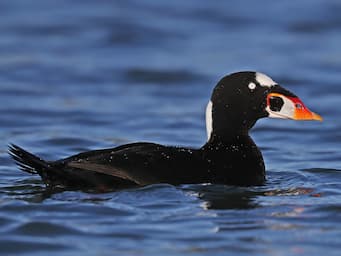
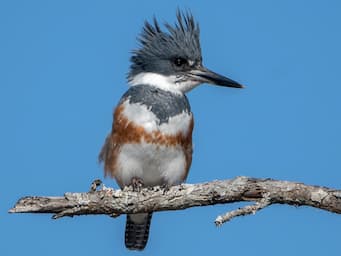
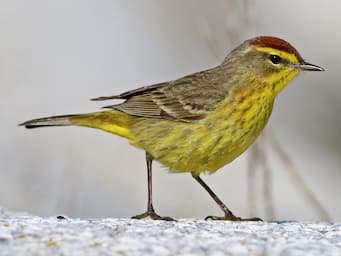
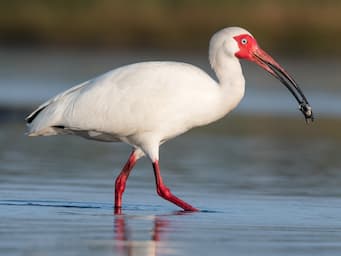
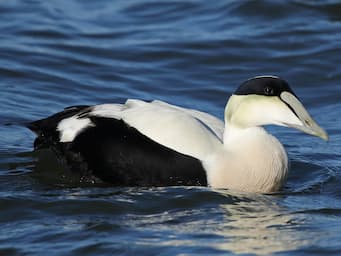
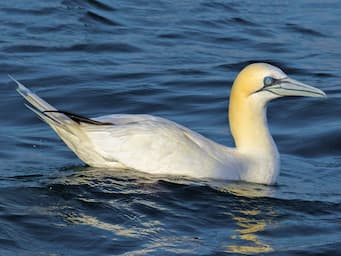
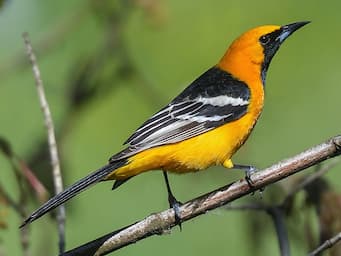
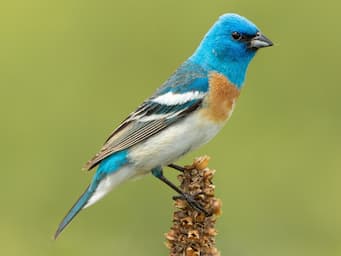
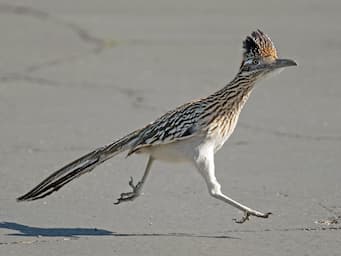
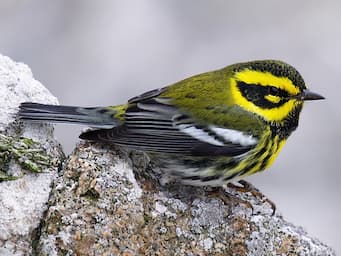
Respond from another site
Responses are collected from posts on other sites. Have you posted somewhere that links to this page? If so, share the link!